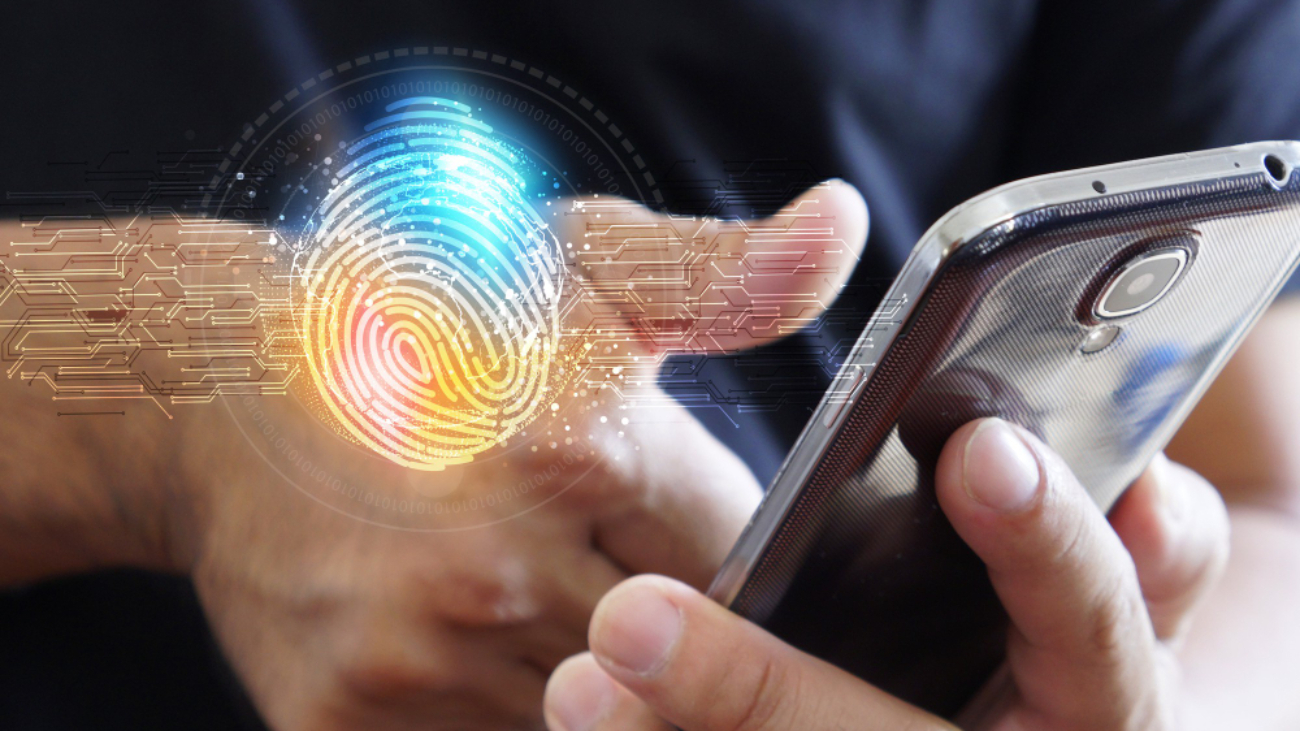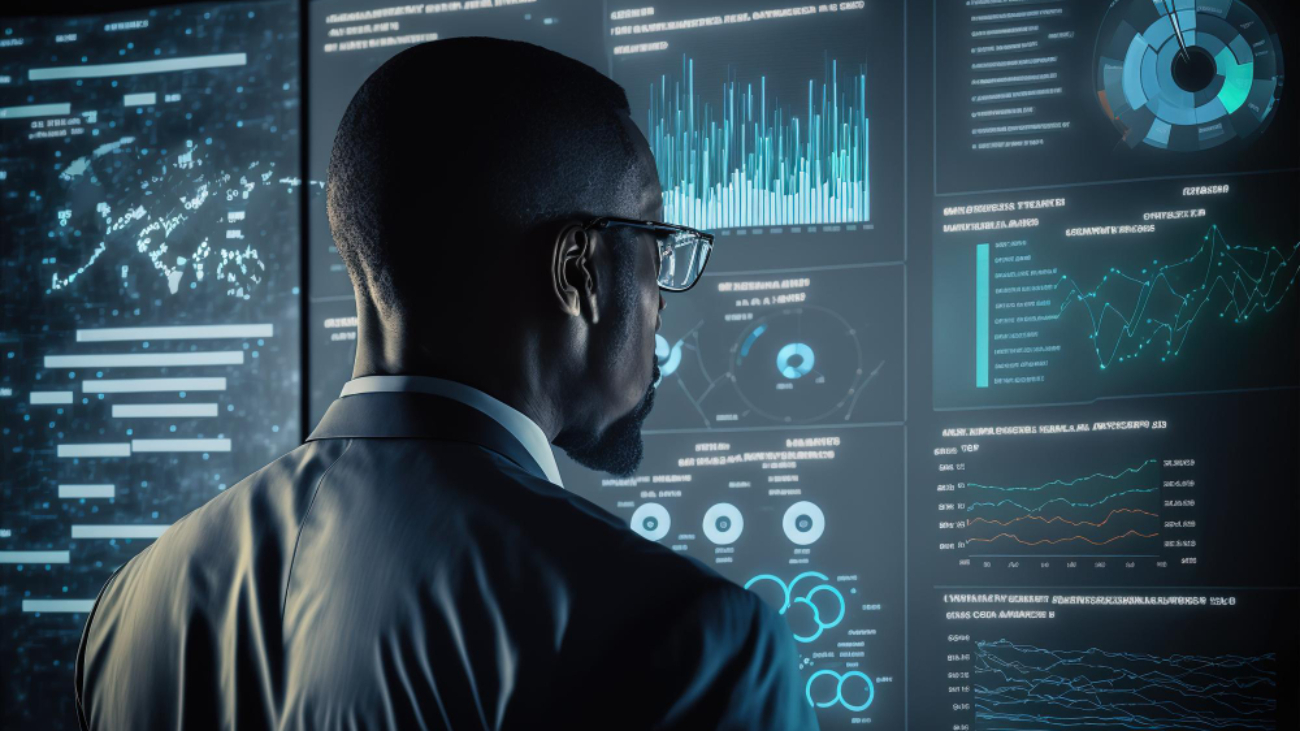In today’s dynamic financial landscape, the incorporation of cutting-edge security measures has become a paramount concern for the banking industry stated Bahaa Abdul Hadi. As technology evolves, so do the tactics employed by cybercriminals. So, the traditional methods of securing financial transactions and sensitive information are no longer adequate.
The key revolutionary solution that has gained significant traction in recent years is the integration of biometric patterns in banking. Rather than relying solely on traditional passwords or PINs, banks are turning to the unique physical and behavioral characteristics of their customers to fortify security.
Types of Biometric Patterns
When it comes to biometric patterns, there exists a rich tapestry of options that can be harnessed to bolster security in the banking sector. First, fingerprint recognition stands as the most widely adopted method, leveraging the unique ridges and patterns on an individual’s fingertips. Facial recognition, on the other hand, relies on distinct facial features to authenticate users, while iris recognition examines the intricate patterns in someone’s iris.
Voice recognition, as the name suggests, verifies identity through vocal characteristics. Behavioral biometrics assess patterns in user behavior, such as typing speed or mouse movements, and lastly, palm vein recognition scans the vein patterns in a person’s palm. This diverse array of biometric options allows banks to tailor their security measures to the unique needs and preferences of their customers.
Benefits of Biometric Patterns in Banking
The adoption of biometric patterns in banking yields a multitude of advantages. First, it fortifies security, as these patterns are highly individualistic and challenging to counterfeit. This enhances the protection of sensitive financial data and transactions. Plus, biometrics offer unmatched convenience for customers, replacing the need to remember complex passwords or PINs. The reduction in fraud is another substantial benefit, as biometric authentication significantly lowers the chances of unauthorized access.
Streamlined authentication processes further expedite banking transactions, saving time for both customers and institutions. Lastly, compliance with stringent regulatory requirements is eased through biometric patterns, demonstrating the financial industry’s commitment to safeguarding customer data and maintaining the highest security standards.
Biometrics in Online Banking
Biometrics plays a pivotal role in the realm of online banking, revolutionizing the way users access their accounts and conduct transactions securely. Various biometric login methods, such as fingerprint, facial, and voice recognition, have replaced traditional passwords and PINs, simplifying the authentication process. While enhancing user experience, it’s crucial to safeguard biometric data, and many banks have implemented robust measures to protect this sensitive information.
Case studies of successful biometric integration in online banking demonstrate its practicality and effectiveness in thwarting unauthorized access. This shift towards biometric authentication not only enhances security but also aligns with the ever-evolving technological landscape, making online banking safer and more user-friendly.
Conclusion
The integration of biometric patterns in banking marks a transformative leap in the realm of financial security. As cyber threats evolve, biometrics offer a robust defense, leveraging individualistic physical and behavioral traits to fortify authentication processes. The benefits are manifold: heightened security, enhanced convenience, fraud reduction, streamlined transactions, and regulatory compliance.
While challenges like privacy concerns and data security persist, the banking industry’s commitment to addressing these issues underscores its dedication to safeguarding customer interests. Looking ahead, the future of biometrics in banking promises even more innovation, with emerging technologies and AI integration on the horizon. Thank you for your interest in Bahaa Abdul Hadi blogs. For more information, please visit www.bahaaabdulhadi.com.







